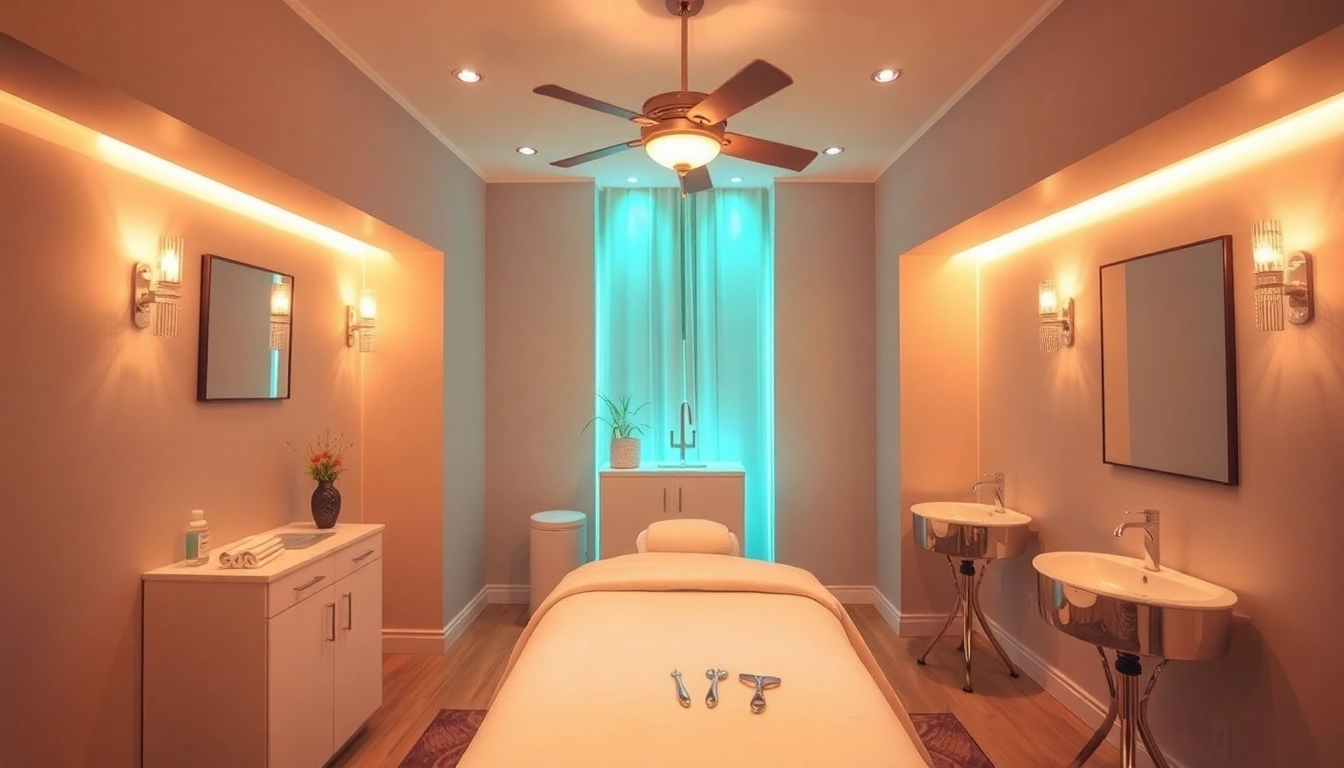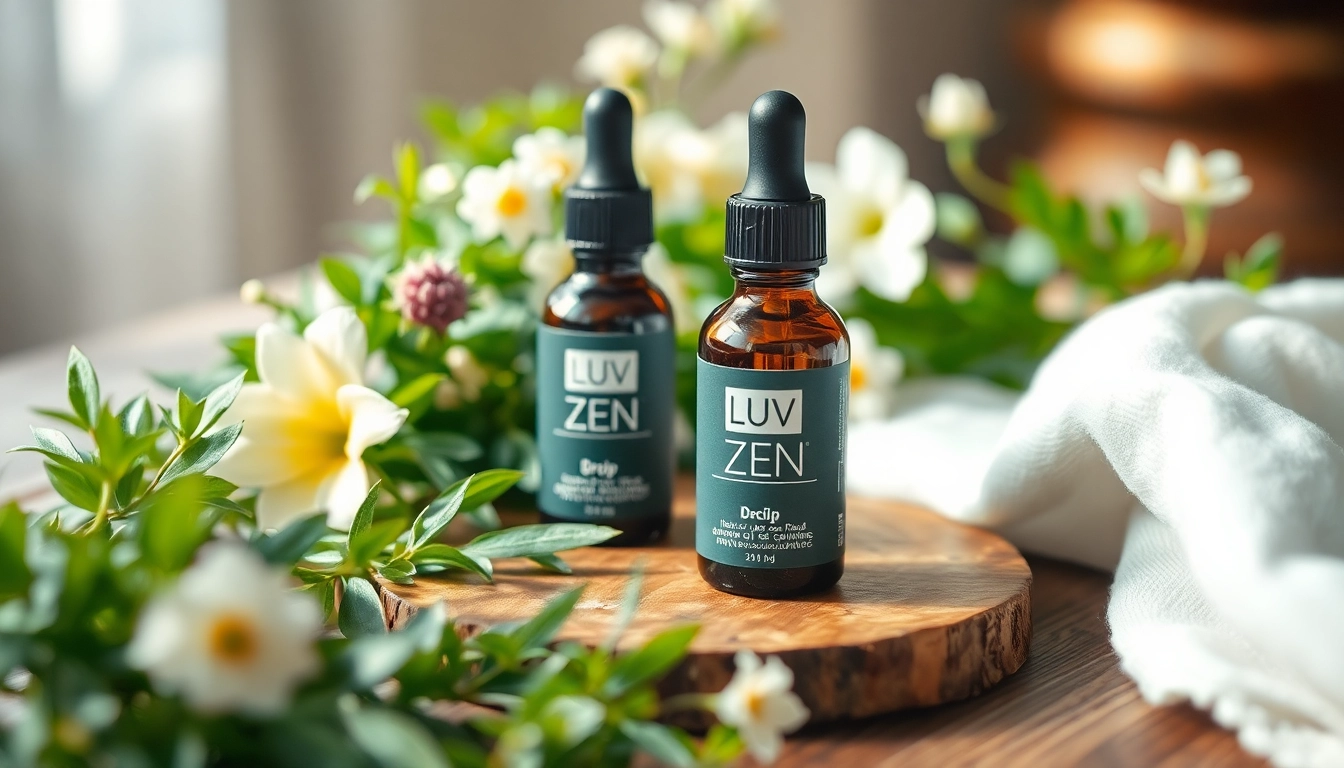Understanding Skin Tightening Techniques
As you age, your skin inevitably undergoes changes. Factors such as sun exposure, environmental pollution, genetics, and lifestyle choices can lead to sagging skin, wrinkles, and a loss of elasticity. For many, these changes drive a desire for skin tightening solutions that can restore a youthful appearance. There are various skin tightening techniques available today, ranging from minimally invasive procedures to advanced non-surgical treatments. Understanding these techniques, including how they work, their benefits, and available options, is essential for making an informed decision.
What is Skin Tightening?
Skin tightening refers to a range of cosmetic procedures aimed at improving the firmness and elasticity of the skin. While this concept is often associated with aging, various factors can contribute to skin laxity, including weight fluctuations, pregnancy, and genetics. Tightening treatments are designed to stimulate the skin’s natural regenerative processes, leading to increased collagen and elastin production—the proteins responsible for skin’s structural integrity and elasticity.
How Non-Invasive Skin Tightening Works
Most non-invasive skin tightening treatments utilize energy-based technologies to target the deeper layers of the skin. Common technologies include:
- Radiofrequency (RF) Therapy: This method employs radiofrequency energy to heat the dermal layer, stimulating collagen production, which creates a firmer skin appearance.
- Ultrasound Therapy: Using sound waves, ultrasound therapy reaches deeper layers of skin to stimulate tissue regeneration and tightening.
- Laser Therapy: Laser treatments often target water in the skin, heating it to stimulate collagen production while simultaneously improving tone and texture.
Each of these methods works by promoting the body’s natural healing processes, resulting in skin that appears tighter and more youthful.
Benefits of Skin Tightening Treatments
Many individuals seek skin tightening methods for their multitude of benefits:
- Minimally Invasive: Most modern treatments are non-invasive, meaning minimal downtime and lower risks compared to surgical procedures.
- Quick Recovery: Many patients can resume their daily activities almost immediately after treatment.
- Long-Lasting Results: While results can vary, many individuals experience significant improvements that can last for months or even years with proper maintenance.
- Boost in Confidence: A more youthful appearance can lead to improved self-esteem and confidence.
Popular Non-Surgical Skin Tightening Options
Due to the growing demand for less invasive cosmetic procedures, a variety of skin tightening options have gained popularity. Understanding these options can help you determine the best choice for your desired results.
Laser Resurfacing for Skin Tightening
Laser resurfacing is one of the most popular non-surgical skin tightening options. This technique uses focused beams of light to remove the outer layer of skin while simultaneously heating the underlying tissue. The procedure stimulates the production of new collagen fibers, leading to tighter, smoother skin. Lasers can also address pigmentation issues, fine lines, and uneven skin texture, making them an excellent choice for comprehensive skin rejuvenation.
Radiofrequency (RF) Treatments Explained
RF skin tightening is a clinically proven method that uses radiofrequency energy to heat the skin’s deeper layers, stimulating the production of collagen and elastin. This non-invasive treatment is suitable for various body parts, including the face, neck, and abdomen. Results are often immediate and continue to improve over time as the body produces more collagen. RF treatments, such as Exilis or Thermage, offer a quick and painless option for achieving tighter skin.
Ultrasound Therapy and Its Advantages
Ultrasound skin tightening utilizes sound waves to penetrate the skin’s surface and promote collagen production. This gentler approach provides precise energy delivery to the skin without harming surrounding tissues. A popular type of ultrasound therapy is Ultherapy, known for its ability to lift and tighten skin on the face and neck. The beauty of ultrasound therapy is that it can be suitable for almost any skin type and requires little to no downtime.
Preparing for Your Skin Tightening Procedure
Before undergoing any skin tightening procedure, preparation is key to ensuring optimal results. By following recommended guidelines, you can set yourself up for success and truly appreciate the benefits of the treatment.
Consultation with a Skin Specialist
The first step in your preparation is a consultation with a qualified skin specialist. During this session, you will discuss your concerns, goals, and medical history. The specialist will evaluate your skin and recommend the most suitable treatment options based on your individual needs. Take this opportunity to ask questions about the procedure, what you can expect, potential risks, and recovery time.
What to Expect Before Treatment
Prior to your treatment session, there may be specific instructions to follow. These might include avoiding blood thinners, staying out of the sun, or not using certain skincare products containing retinoids or exfoliating agents. Your specialist will guide you through this phase to prepare your skin for the procedure.
Aftercare Tips for Optimal Results
Post-treatment care is crucial for achieving the best results and minimizing side effects. Follow these aftercare tips:
- Avoid Direct Sunlight: Protect your skin with sunscreen to prevent discoloration and further damage.
- Stay Hydrated: Drinking ample water aids skin recovery and overall health.
- Follow Skincare Regimens: Adhere to any prescribed skincare routine outlined by your specialist.
- Attend Follow-up Appointments: Regular check-ins can help evaluate your progress and adjust your treatment if necessary.
Comparing Skin Tightening Treatments
With numerous skin tightening options available, it is essential to understand how they compare in terms of cost, effectiveness, and user experiences. This knowledge empowers you to make educated choices tailored to your aesthetic goals.
Cost Analysis of Different Methods
The cost of skin tightening treatments can vary significantly based on the method chosen, the provider, and your geographical location. Generally, laser resurfacing and RF treatments may range from $1,000 to $3,000 per session, while ultrasound therapies like Ultherapy may cost between $2,500 and $4,000. Insurance typically does not cover these procedures since they are cosmetic in nature, so budgeting accordingly is vital.
Effectiveness of At-Home Treatments vs. Professional Options
While there are many at-home products marketed for skin tightening, their effectiveness often pales in comparison to professional treatments. At-home creams and devices can provide temporary improvements, but they generally lack the potency needed for lasting results. Professional options can yield more pronounced and immediate results due to the advanced technologies utilized.
User Experiences: What to Expect?
User experiences with skin tightening treatments can vary based on individual factors, including skin type, age, and treatment type. Many clients report immediate improvements in skin tightness, while others may notice gradual changes as collagen production continues over the following weeks. It’s essential to set realistic expectations and understand that multiple sessions may be required for optimal results.
Maintaining Tight Skin Post-Treatment
Achieving tightened skin is only half the journey; maintaining those results is equally important. By adopting healthy lifestyle practices and skincare routines, you can prolong the benefits of your treatment.
Lifestyle Changes for Long-Lasting Results
Making lifestyle adjustments can significantly influence how well your skin maintains its tightness post-treatment:
- Regular Exercise: Engaging in physical activity increases circulation and overall skin health.
- Balanced Diet: Consuming nutrient-rich foods helps to nourish the skin from within.
- Avoiding Smoking and Excessive Alcohol: These habits can accelerate skin aging and negate treatment results.
Best Skincare Products for Skin Tightening
Selecting the right skincare products can enhance your results. Look for creams and serums containing:
- Retinoids: Promote collagen production and improve skin texture.
- Hyaluronic Acid: Provides hydration and smoothness.
- Peptides: Help repair skin and encourage firmness.
When to Seek Additional Treatments
Most skin tightening treatments are not one-time fixes. Depending on the procedure and individual response, maintenance sessions may be necessary to sustain results. Consulting with your skin specialist can guide you on the timing and type of follow-up treatments needed.



